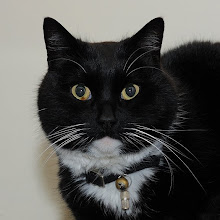As could be read on this blog before a large number of German troops were in English pay during the Nine Years' War and the War of the Spanish Succession. Such troops entered English pay and service through contracts signed between England and the German state in question. Terms of service and pay were laid down in the contract. Huguenot regiments are also found in English service, and they can be considered foreign as well. Their origin, and reasons for existence differed from that of, for example, the German regiments. In 1708-09 we find a number of Portuguese regiments entering English pay, with yet another background. (The need for more men and bayonets is in most cases probably the ultimate reason why a regiment came into being anyway.)
By late 1708, as various English regiments had been disbanded, reduced or merged in 1707 and 1708, five new regiments were to be formed in Portugal as replacements: one regiment of dragoons and one of foot. These regiments were to be formed from Portuguese [soldiers], but officered by English and, mostly, French Huguenots. The British treasury paid for the regiments. Commissions were given without date, to be filled in Portugal, and did not exceed the rank of lieutenant-colonel. Though information was not found, the colonelcies were most likely bestowed on Portuguese. Because the regiments were Portuguese, the king of Portugal objected against the idea of having French Protestants commanding his regiments. This delayed the completion of the regiments, which did not happen before summer 1709. By the time the regiments were fully embodied, it was also decided to reorganize the four regiments of foot into five additional regiments of dragoons.
The History of the Reign of Queen Anne for 1709 gives a list of colonels, lieutenant-colonels and majors:
- Balthasar de Foissac
- Hunt Withers
- Jean Desbordes
- Constantine de Magny
- Paul de Gually
- Joseph de Sarlande
All six regiments of dragoons mentioned above were disbanded by 1712 and its officers were placed on half-pay. This seems also an indication that at some point the regiments were no longer foreign.





No comments:
Post a Comment